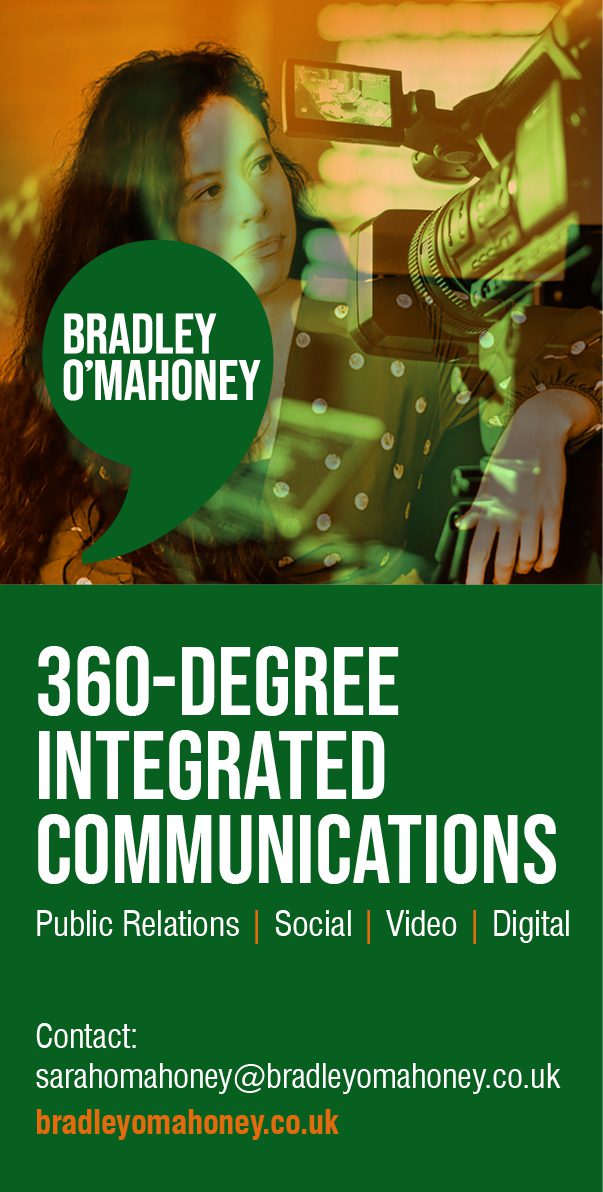As the cost-of-living crisis looms over us and impacts from wars, pandemics and Brexit take their toll, there are still opportunities for businesses to not only survive but thrive.
One opportunity, which is often overlooked, is Pricing…or for those from the 80’s The Price is Right!. Here Andrew Marsh talks us through getting pricing right in a challenging environment, so that companies can thrive whilst customers and individuals can afford what they need.
“Success of a company relies on a simple commercial cycle. If we offer goods, services or products at a reasonable price then people will buy, which in turn means you can make appropriate profits to re-invest and do even more things. However, the cost of your supplies is going up, energy and fuel is costing more, salaries are increasing, the mini budget debarkle, interest rates rising and pressures from keeping yourself affordable become paramount.
“How do you work out what is a fair price, what will keep you afloat, what will keep you competitive and what price will keep customers/ clients coming back for more?
“There is a simple process for this as shown below.
Your pricing philosophy sets the context. What are we selling? Not in terms of goods or a service in itself but the concept. There are three types – Inputs (i.e., time), Outputs (i.e., a laptop) or Value (Brain power or expertise that makes a difference).
Pricing is ultimately about what your clients are willing to pay, so you really do need to analyse and understand your buyers and their perception of value. In other words, find the emotional response not just the rational one.
Once we understand our client, we can set the strategy. There are five most commonly used strategies – cost plus, skimming, competitive, penetration and value based (premium). Companies can sometimes come around here as they believe only one strategy applies to them. Not true. Each different service or product may need a different strategy and even an establish product may need to evolve its strategy as the market matures.
“So, we are now clear on the strategy. Our next consideration is what tactics to deploy (if any), such loss leaders, geographical pricing to suit expectations, creating bundles and even offering FREE OF CHARGE!
“Do people really value free?
“Even when we complete all this thinking we can and do come unstuck because we fail to communicate it properly. We confuse the customer or make it too complicated. Finding the right method is, in my opinion, the real differentiator!
“Let’s look at anchoring as a further example. And by the way, this is one of the most common tactics, especially in retail spaces. Anchoring is where you allow the customer to compare one product/service to other more expensive ones. The psychology suggests people will choose the one they perceive as best value, but how we order them can influence this. A common use is to provide three or five options (i.e., subscription A, B or C) with lowest to highest. But what if we go highest to lowest? Believe it or not value perception is changed!
“But whatever you do you must measure it. Is that strategy right, are we getting the traction, is anything unexpected happening? Testing the water is always an important approach in pricing so getting that KPI feedback loop in place from the outset will really allow you to maximise the opportunities.
“My Vistage groups recently benefited from a speaker session with David Abbott, who talks about applying customer psychology insights to your marketing to get the best price. Or in the name of his book, How To Price Your Platypus. David is an international speaker and experienced marketer who has had senior positions in a wide range of industries. In his fascinating keynote he applies customer psychology to pricing challenges to help you take the way you price to a new level.
“Through his insights on price relatively, the power of zero, the power of expectations and more, his take aways including pricing things with GBP instead of £, and that figures positioned bottom and left feel like they are less. The same goes for using smaller fonts, four-digit prices without a comma and prices being precise seem lower than ones ending with a 0, 5 or 9.
“It is fascinating how the brain works and in fact there are 42 tricks to make a price seem lower, from influencing perception, starting prices higher to negotiate, giving other motivations to buy (a limited time offer), offer different ways of paying/payment plans, use the daily equivalent, expose two multiples of your price or create the need before sharing the price… Tiffany’s for example, emphasise the jewellery before revealing the price, creating a sense of want, and when the price is shared, it seems unimportant in small print.
“Whatever tools you use, an effective pricing strategy is essential for continued sales success. Good examples of this are places like Pizza Hut and Dominos who regularly reposition their offers into bundles for families, sporting events, annual events and so on. They use these offers to drive their operating margins and keep customers keen, as they get sides and drinks included. As McDonalds say – do you want to go large? “There are a number of pricing guides and help books out there as well as How To Price Your Platypus, and as a business you need to find to find the best in your industry to work with. In my experience though, value pricing is the most important strategy of all as it considers how beneficial, high-quality and important your customers feel you or your products are. That’s as real as you can get.”

